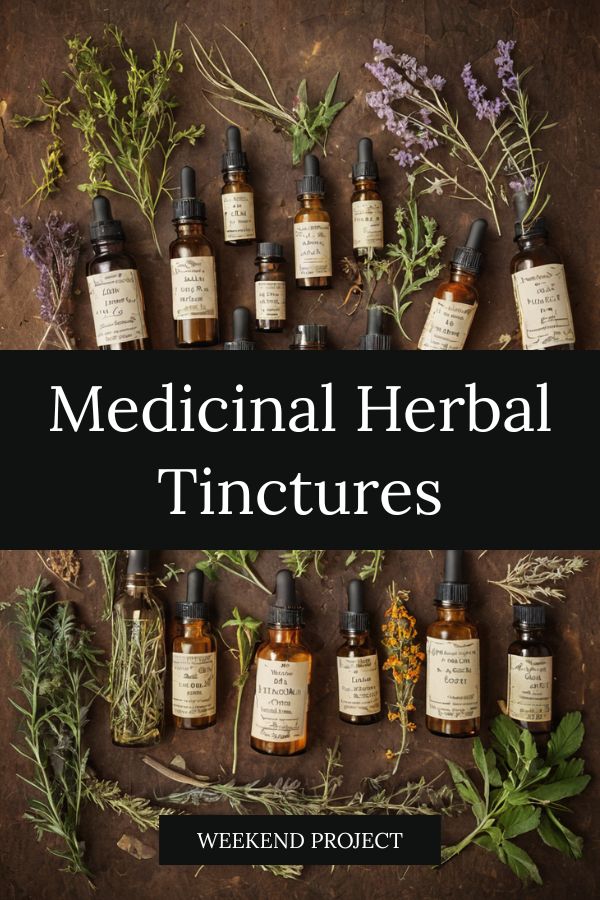Sweet Wormwood (Artemisia Capillaris)
Information Reliability Score: 2/10
This score reflects the overall reliability of the information presented in this article. It is based on the quality of scientific evidence, accuracy of sources, and the transparency of references related to Artemisia capillaris.
Capillary Wormwood, scientifically known as Artemisia capillaris, is a medicinal herb native to East Asia, widely recognized for its adaptogenic properties and use in traditional Chinese medicine. This herb is valued for its ability to support liver function, detoxification, and digestive health, making it a key component in treating conditions like jaundice and liver disorders. Traditionally, Capillary Wormwood has been used in Chinese herbal formulations to promote bile production and aid in the treatment of hepatitis and other hepatic ailments. In modern wellness practices, it is increasingly incorporated into supplements and herbal blends aimed at enhancing metabolic health and supporting immune function. Its distinctive earthy and slightly bitter flavor, along with the presence of unique compounds like artemisinin, has also made it a subject of scientific interest for its potential therapeutic applications.
FREE COURSE
How to make medicinal herbl tinctures for common ailments at home and in a weekend (using the Healing Drop System).

